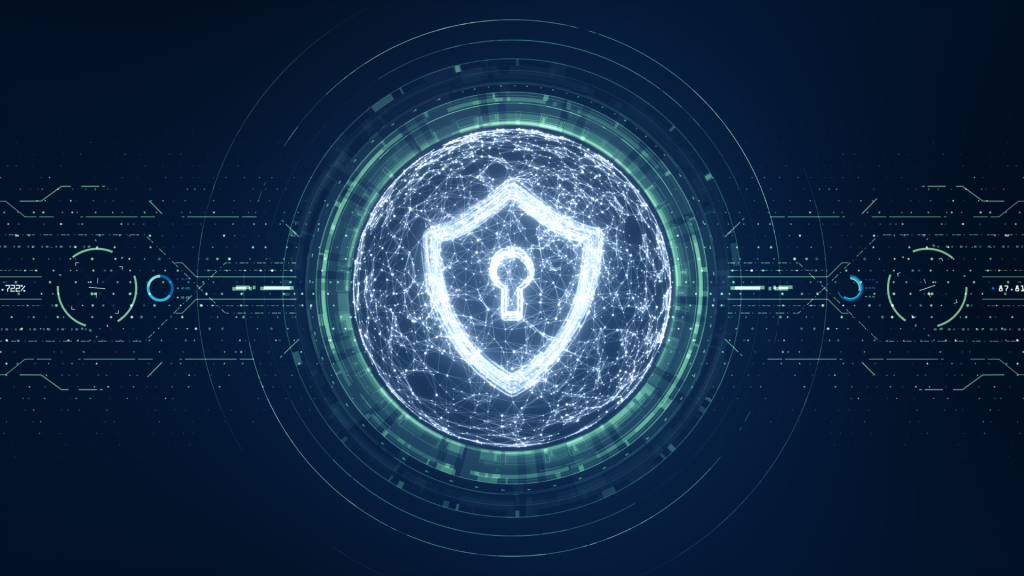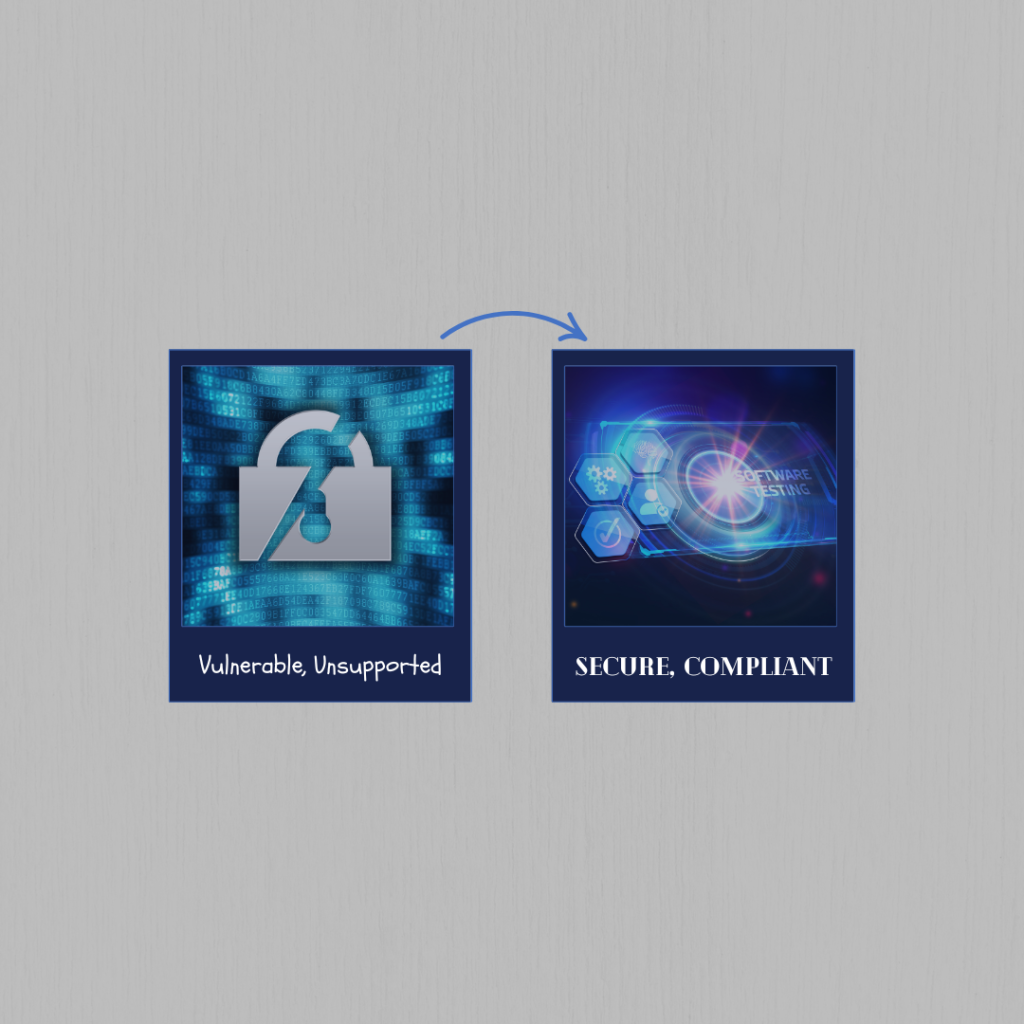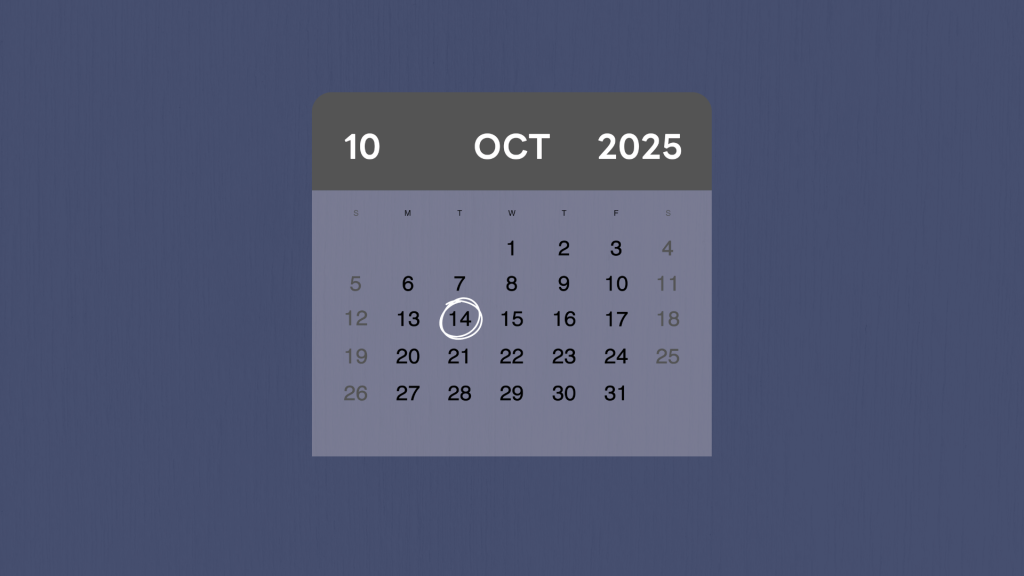Another year, another Autodesk University (AU), and this year’s conference in Nashville was, without a doubt, the most transformative one yet. The key message was clear: a new era of design and making is here, and it’s powered by artificial intelligence and accessible, low-code automation. For many of us, the days of manual, repetitive tasks are finally drawing to a close.
The two threads weaving through nearly every keynote, breakout session, and conversation on the expo floor were Autodesk’s massive push for AI and the burgeoning world of low-code and no-code solutions. Here are my key takeaways from an inspiring and action-packed week.
The Autodesk Assistant: Your new AI design partner
Autodesk Assistant was the undisputed star of the show. This isn’t just a chatbot; it’s a game-changing, generative AI add-in now rolling out across core Autodesk products like Revit, AutoCAD, and Fusion 360.
During the general session, attendees saw a demonstration of the Assistant in action, where it was used to automate routine tasks and provide real-time insights based on project data. Imagine being able to:
• Generate design iterations from a simple text prompt, getting past the “fear of the empty canvas”.
• Ask for project information in natural language, and the Assistant retrieves the precise data from specs, RFIs, or submittals.
• Automate repetitive chores like creating dimensioned drawings or setting up CAM toolpaths.
The core message behind the Assistant was augmentation, not replacement. By handling the “drudgery,” AI frees up designers and engineers to focus on higher-value, more creative, and strategic tasks. As I think Autodesk’s CEO, Andrew, put it, it’s about helping us “make more with less” and unlocking our “unlimited capacity” for innovation.
Low-code, high impact: Automating your way to efficiency
Beyond the flashy AI demos, a huge number of sessions were dedicated to a more immediate and practical form of automation: low-code and no-code development. This is all about giving the power of automation to everyone, not just programmers.
Autodesk Platform Services (APS) was a major focus, with sessions showing how non-developers can create custom workflows using visual, drag-and-drop interfaces. Using tools like Microsoft Power Automate and ACC Connect, attendees learned how to integrate their design data with other enterprise systems, automate document transfers, and streamline project handoffs.
I attended several sessions that showed just how accessible this is. The practical, hands-on labs demonstrated that you don’t need a computer science degree to build powerful solutions. It’s about connecting the dots to make your data flow seamlessly between your Autodesk projects, or Office 365 applications. For companies dealing with siloed data, the future is now.
The path forward: Smarter workflows, faster innovation
AU 2025 made it clear that Autodesk is fully invested in an AI-native, cloud-connected future. But this vision is not some distant reality. With the immediate capabilities of the Autodesk Assistant and the empowering potential of low-code tools, we can start reimagining our workflows and achieving tangible efficiency gains today.
As I reflect on the past week, I’m inspired by the potential for more creative freedom and less technical frustration. The future of design is about working smarter, not just harder, and for the first time, the tools to truly make that a reality are within reach for everyone.
The Advance2000 team is here to help you turn ideas into innovation with smarter, more efficient design solutions. Connect with us today to start the conversation.
Blake Butler – Advance2000 Director of BIM Technology



